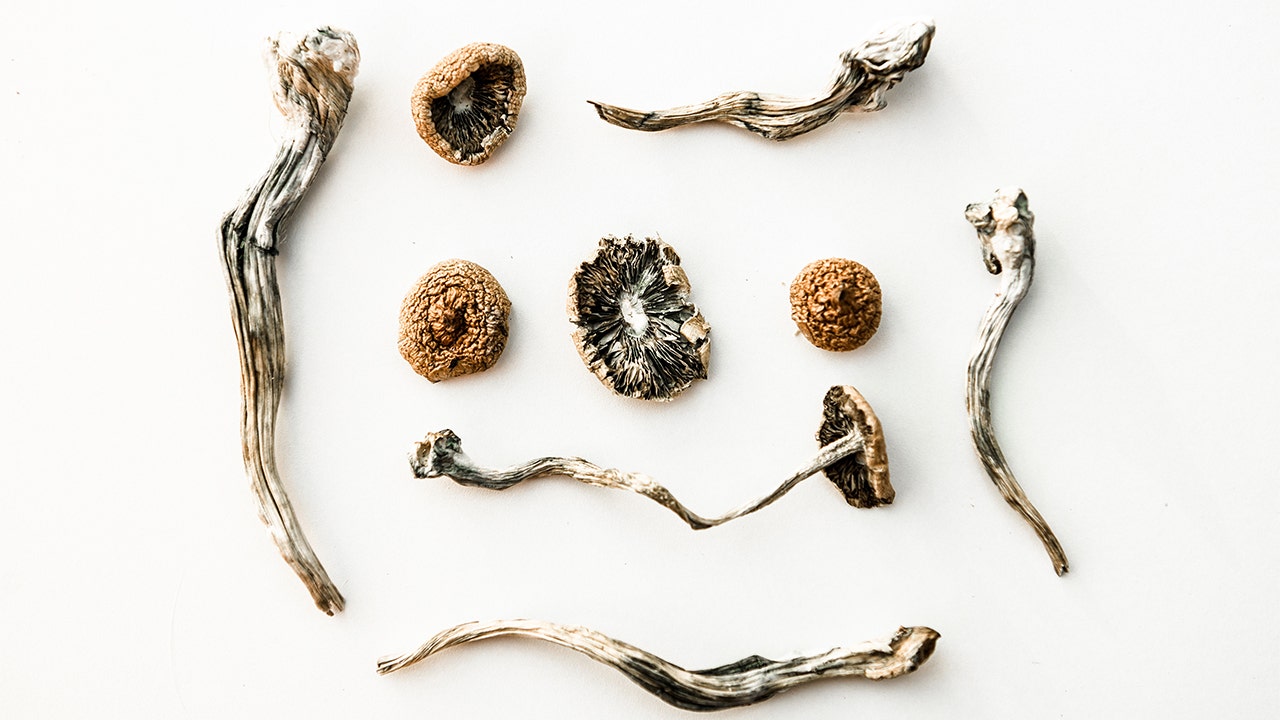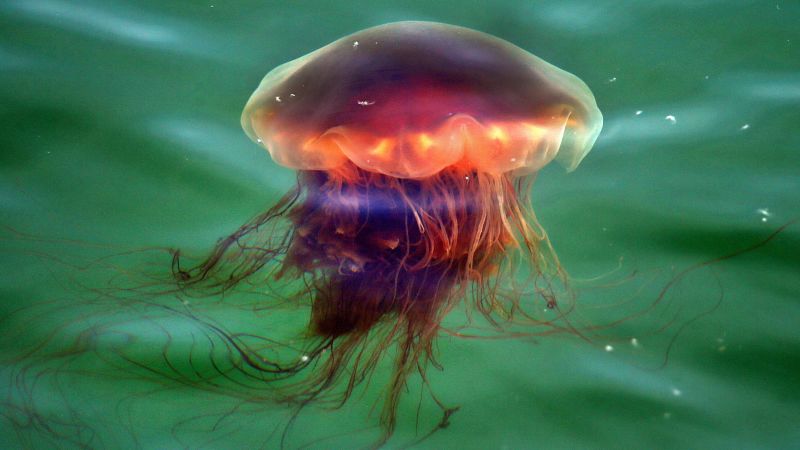A
Russian team discovered a seed cache of
Silene stenophylla, a flowering plant native to Siberia, that had been buried by an Ice Age squirrel near the banks of the
Kolyma River (map). Radiocarbon dating confirmed that the seeds were 32,000 years old. The mature and immature seeds, which had been entirely encased in ice, were unearthed from 124 feet (38 meters) below the permafrost, surrounded by layers that included mammoth, bison, and woolly rhinoceros bones.
The team extracted that tissue from the frozen seeds, placed it in vials, and successfully germinated the plants, according to a new study. The plants—identical to each other but with different flower shapes from modern
S. stenophylla—grew, flowered, and, after a year, created seeds of their own.
The new study suggests that permafrost could be a "depository for an ancient gene pool," a place where any number of now extinct species could be found and resurrected, experts say. "Certainly some of the plants that were cultivated in ancient times and have gone extinct or other plants once important to ecosystems which have disappeared would be very useful today if they could be brought back," said Elaine Solowey, a botanist at the
Arava Institute for Environmental Studies in Israel.
Solowey resurrected the 2,000-year-old date palm that previously held the title of oldest regenerated seed. Her palm seed, though, had been buried in a dry, cool area, a far cry from the
S. stenophylla seeds' permafrost environment.
Regenerating seeds that have been frozen at 19 degrees Fahrenheit (-7 degrees Celsius) for so long could have major implications, said Solowey, who was not involved in the new study. That's because all seed-saving projects—the most famous being perhaps Norway's so-called doomsday vault, aka the Svalbard Global Seed Vault (
see pictures)—depend on freezing seeds. "Any insight gained on seeds which have been frozen and how to thaw them and sprout them is very valuable," she said.























